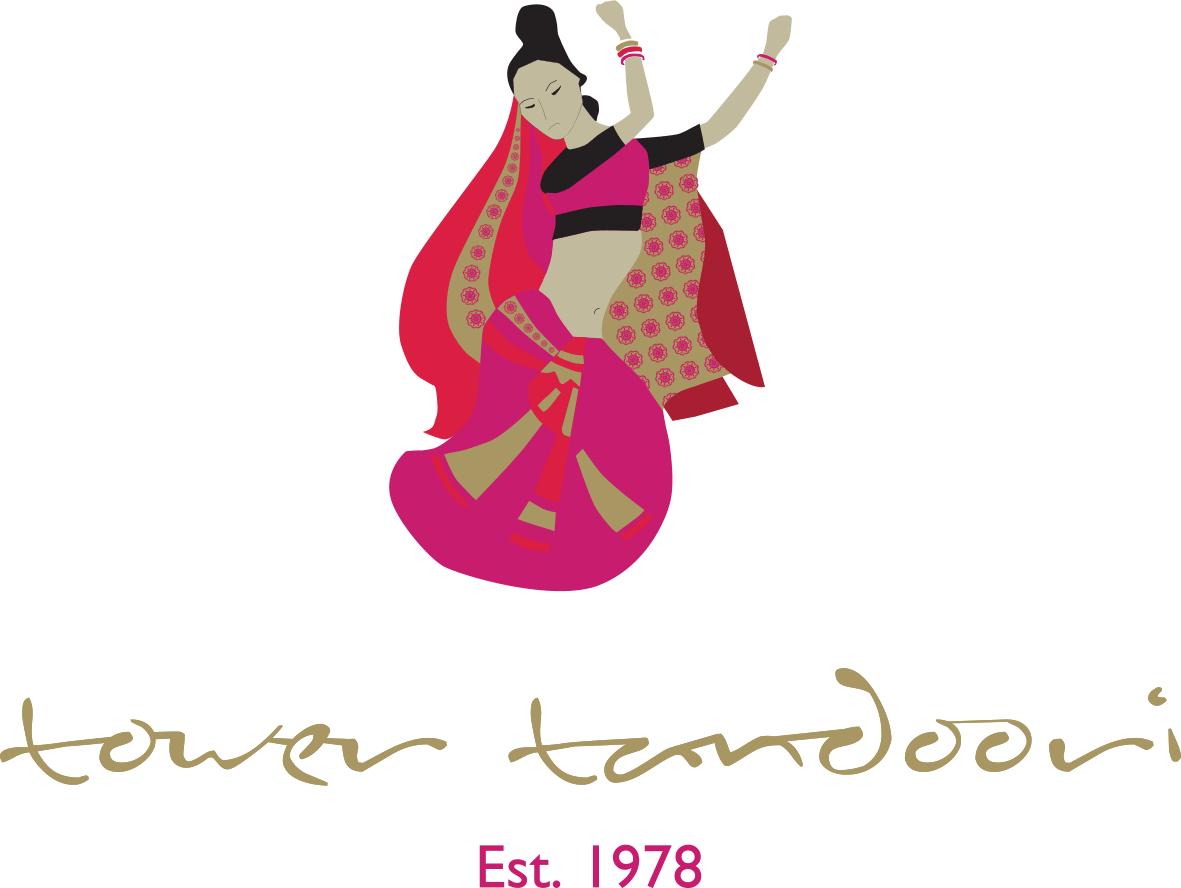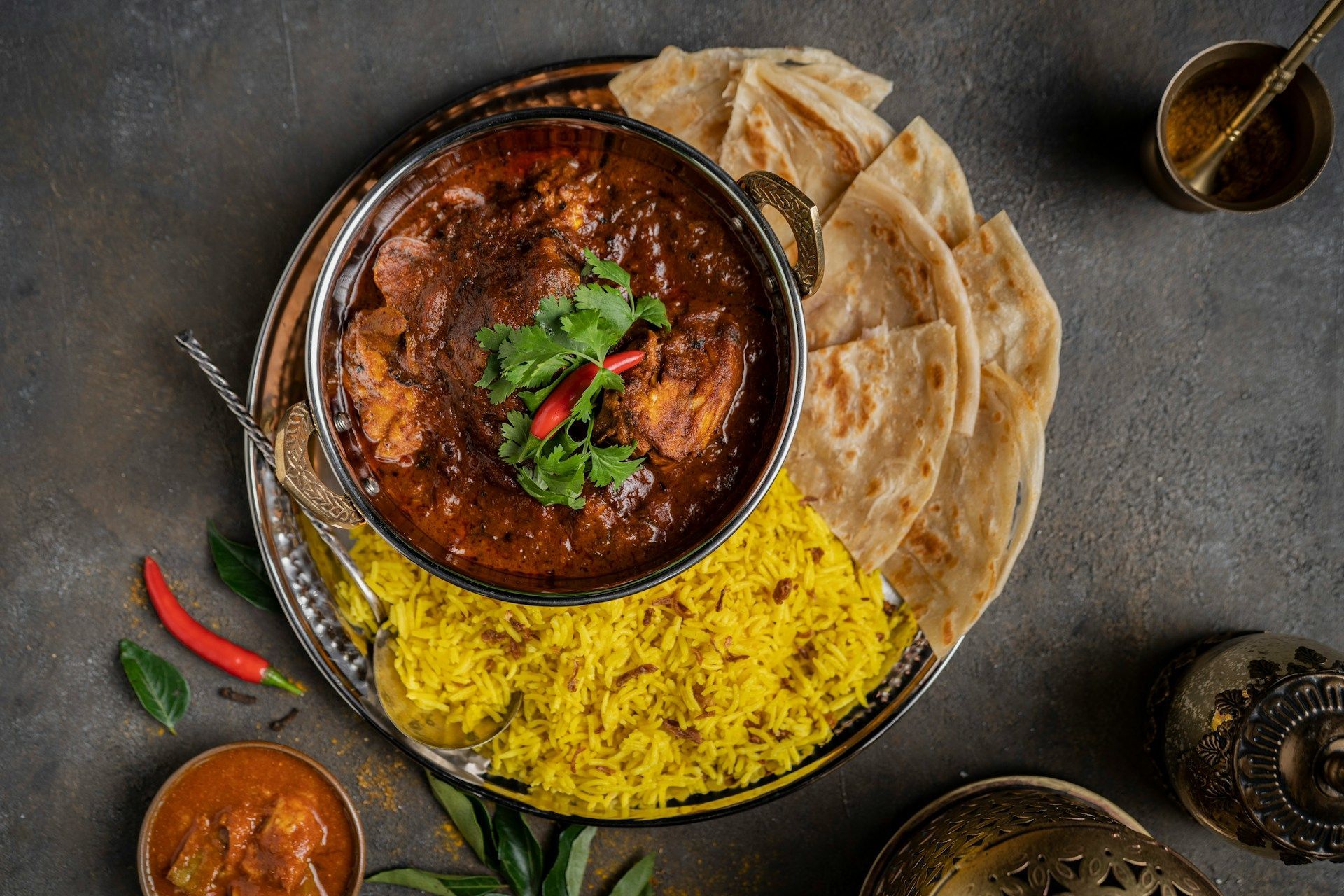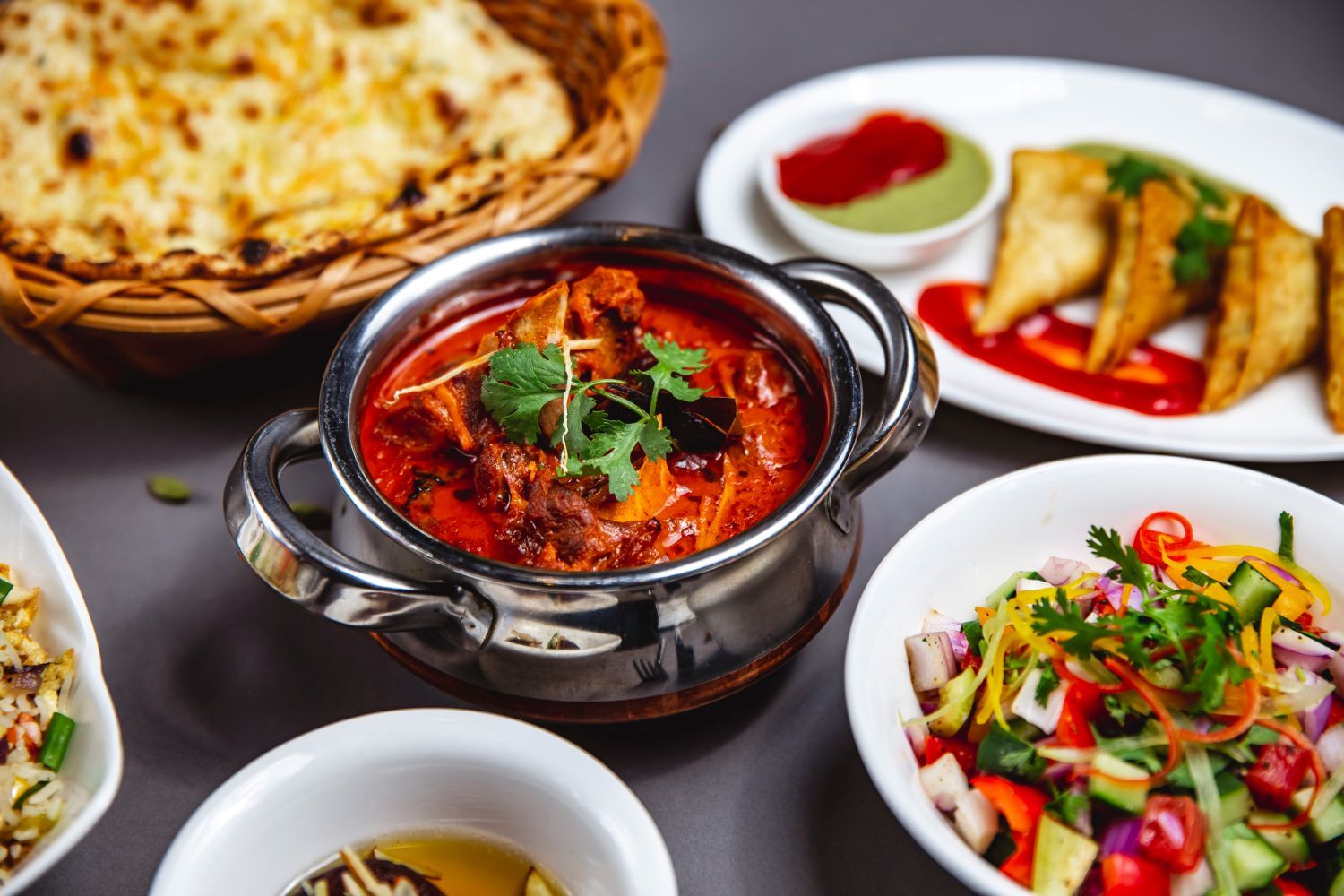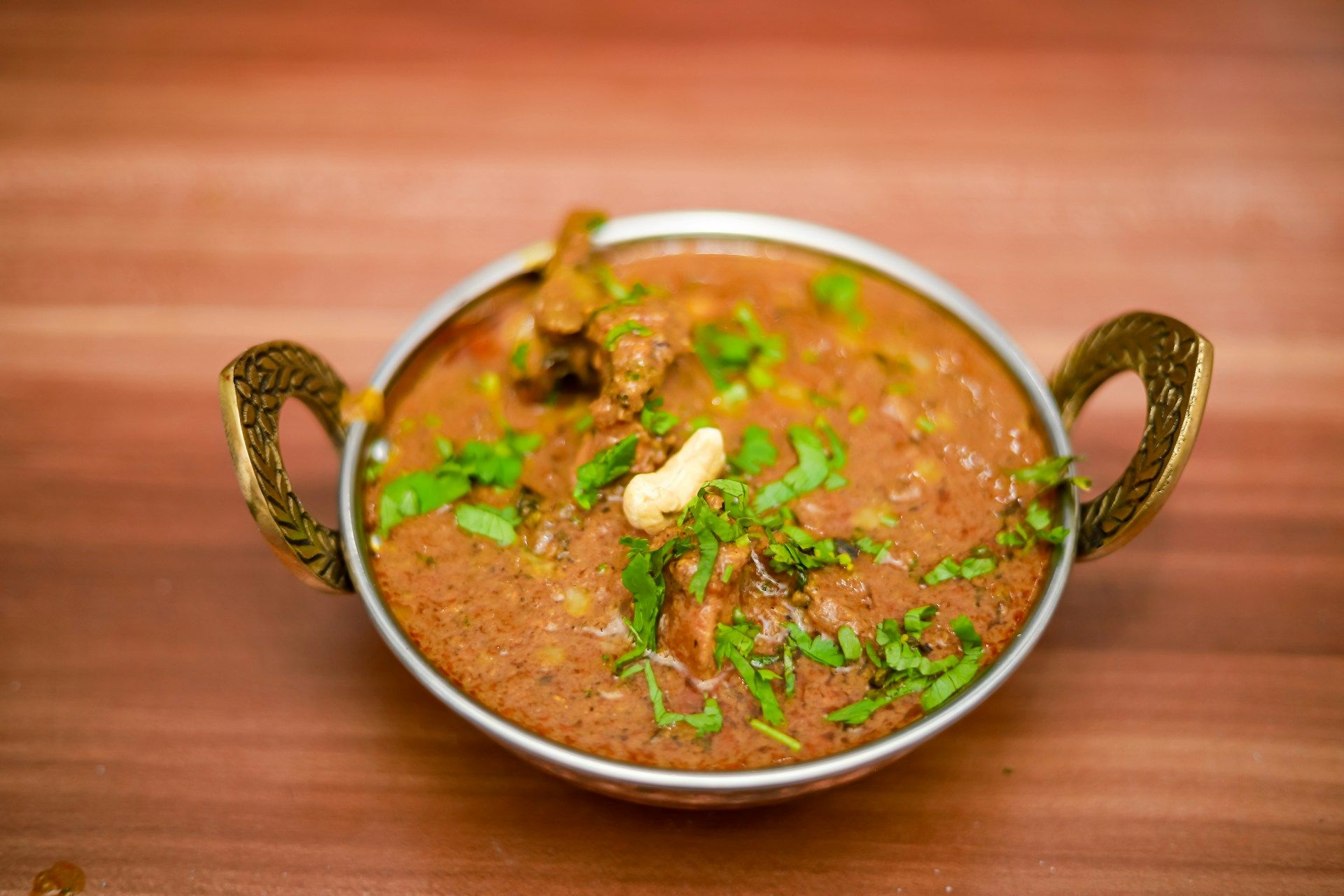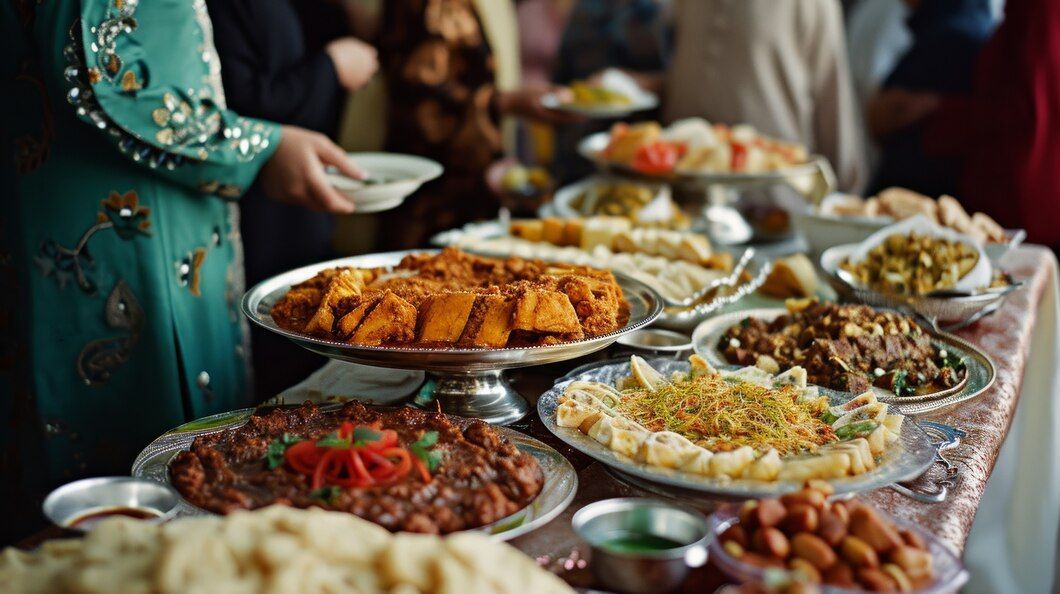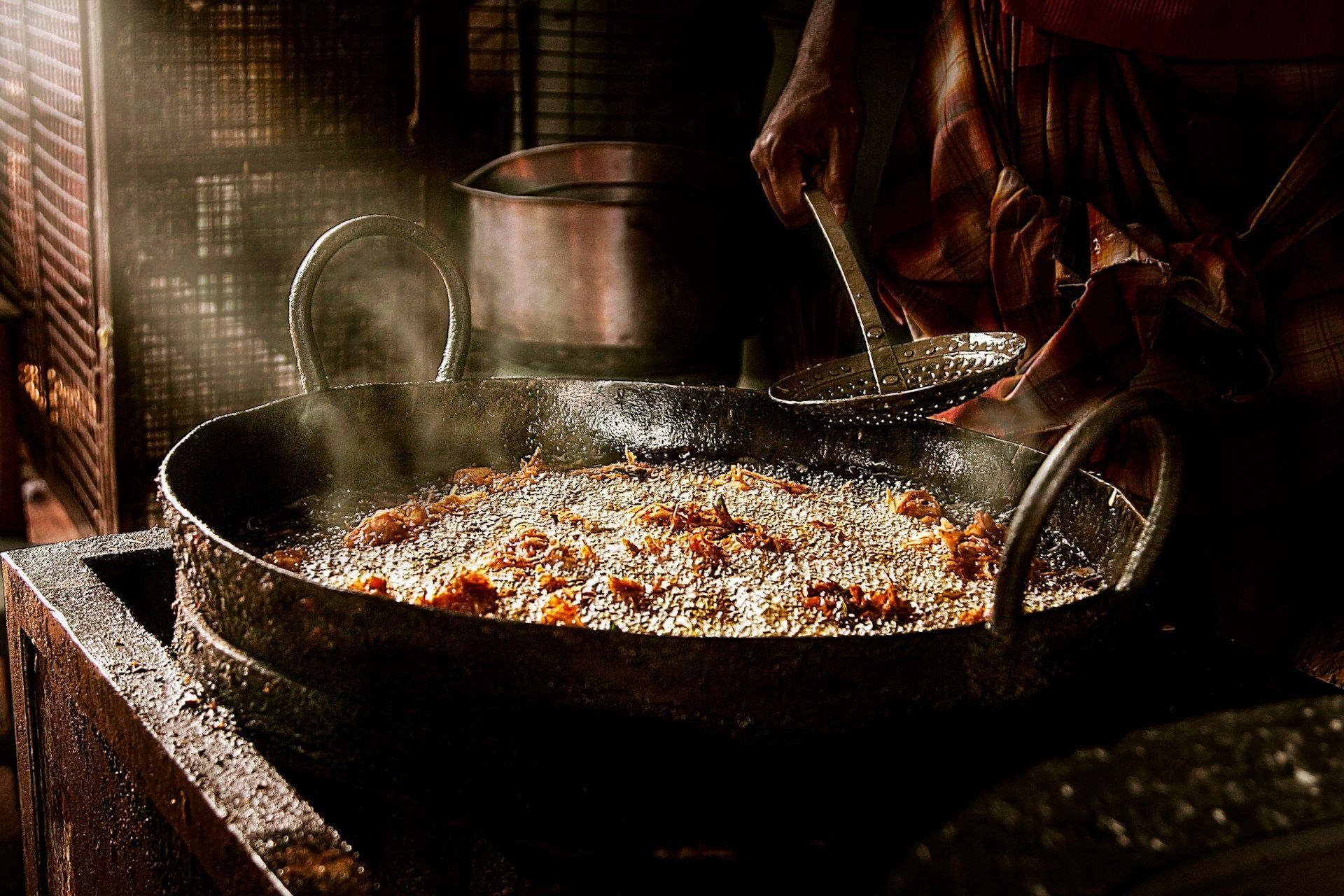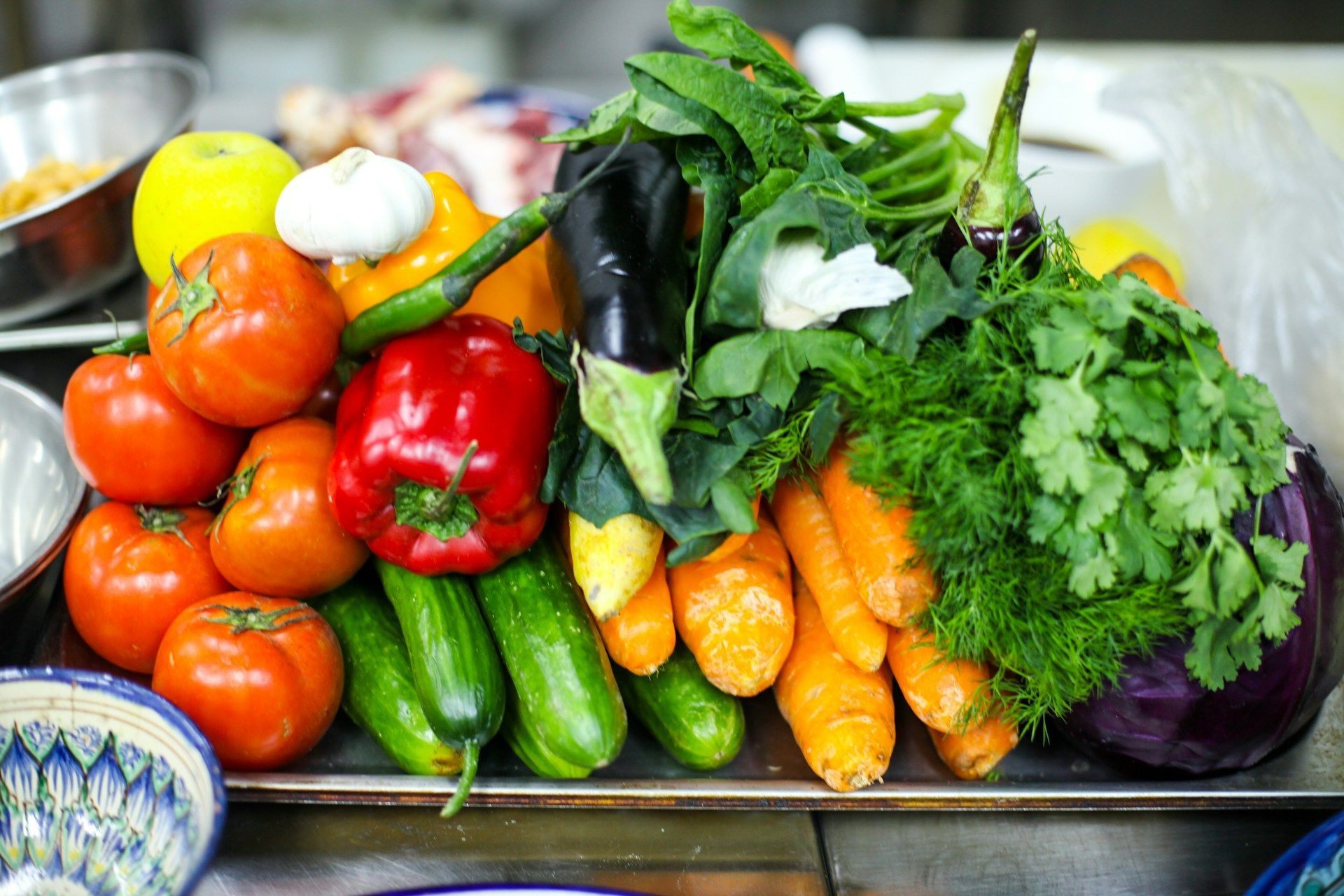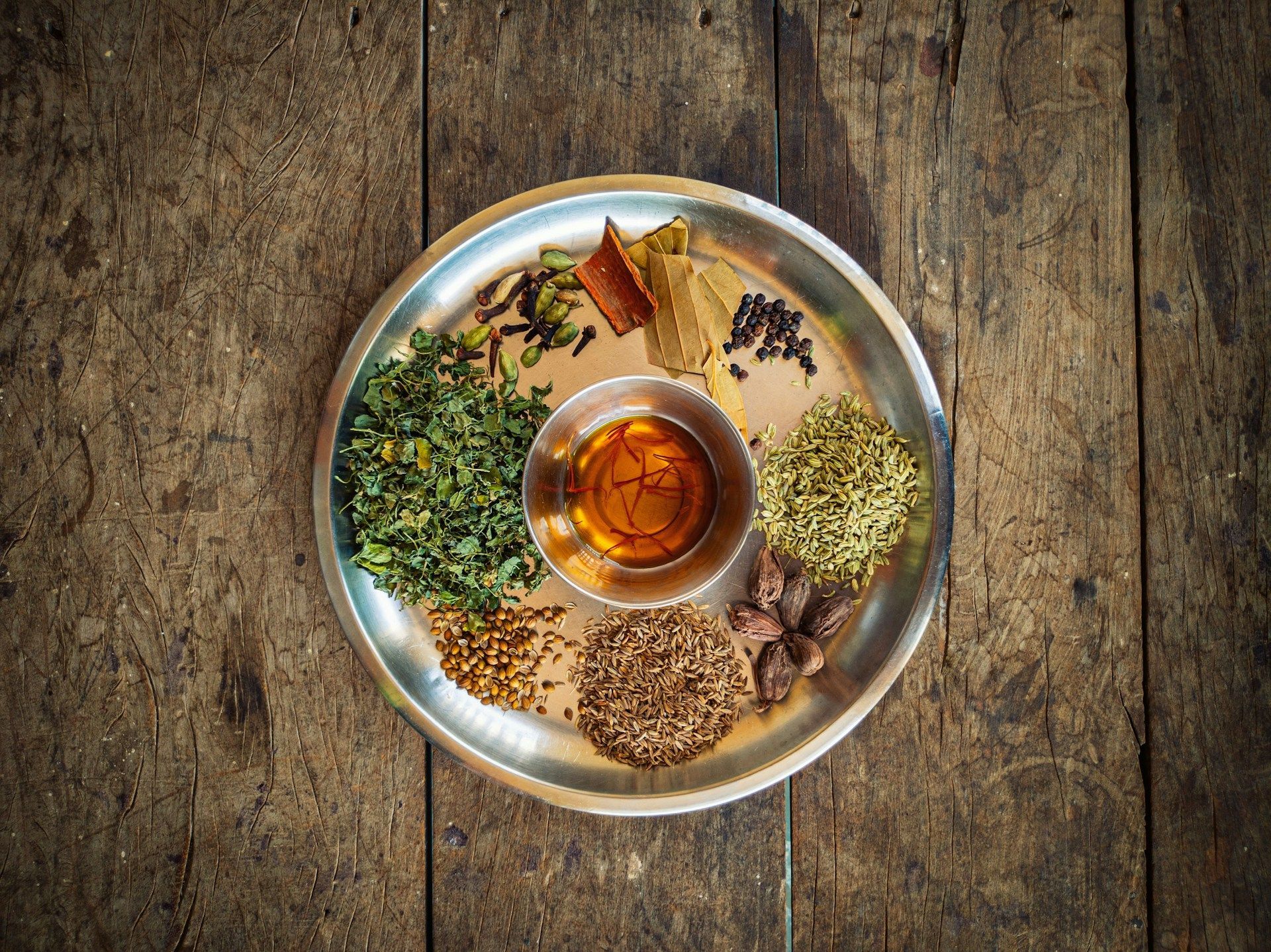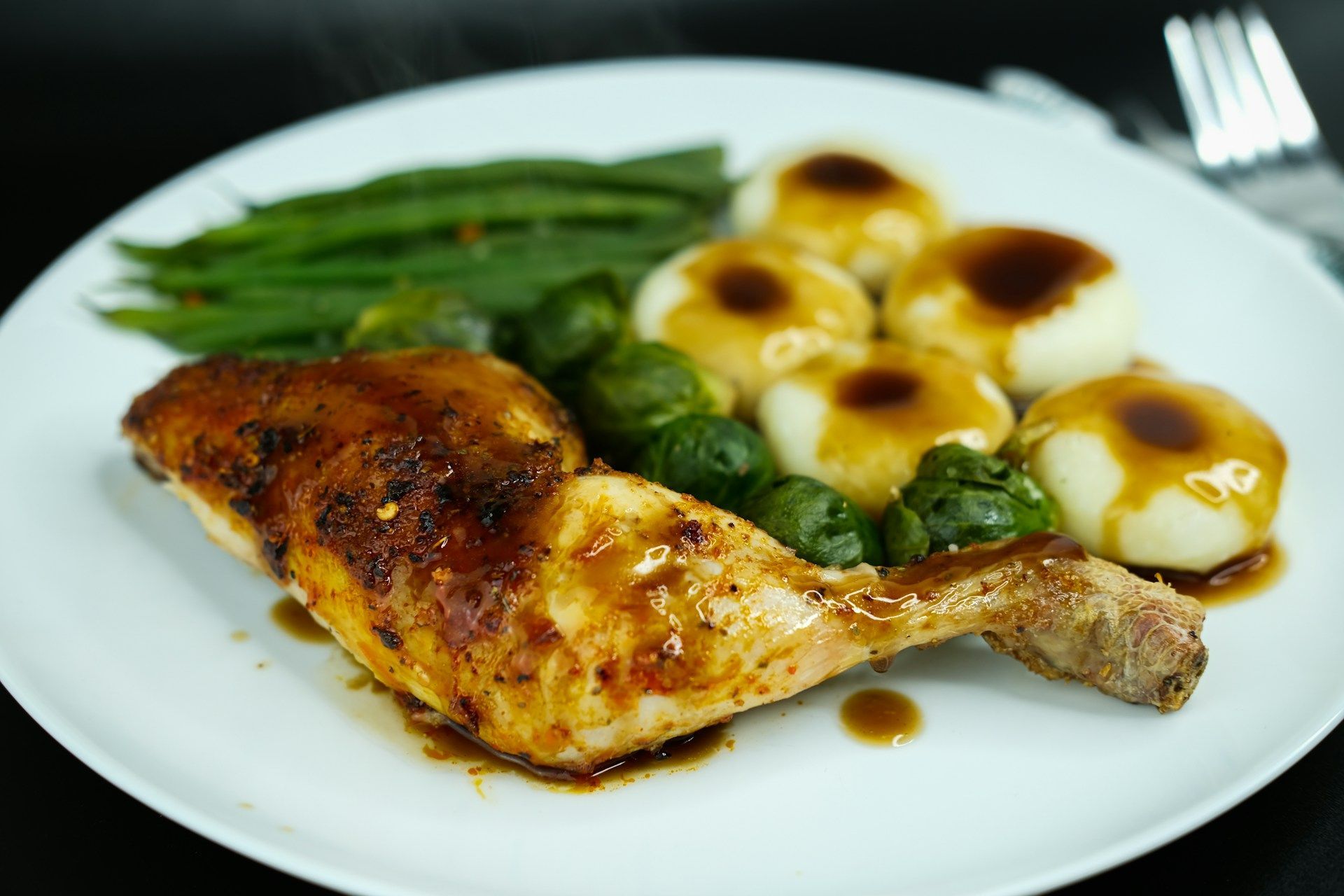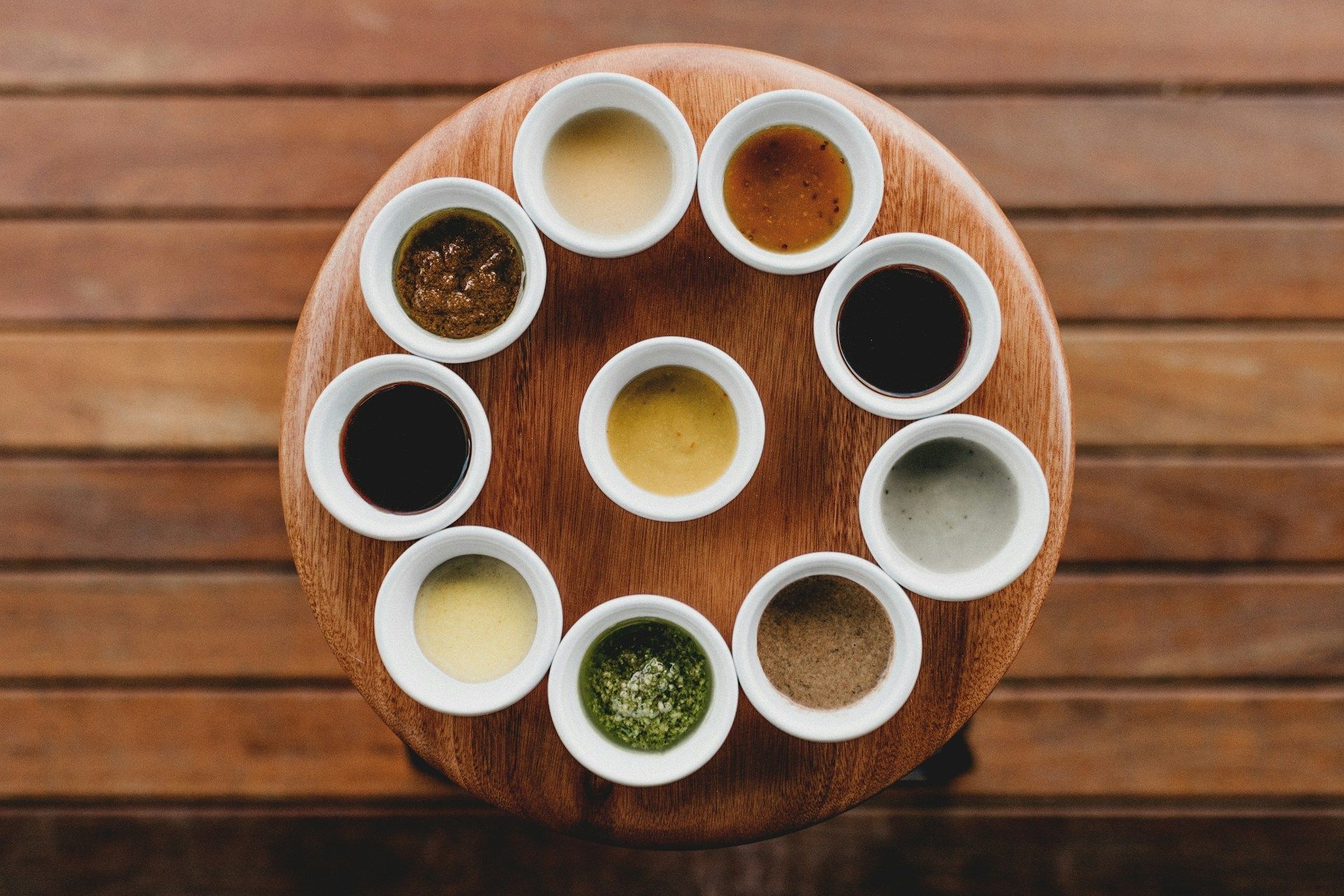Facts About Indian Cuisine You Might Not Have Heard Of
SUHEL AHMED • 14 October 2021
Indian food is more than just makhani and chicken tikka. It’s as rich and diverse as the country it hails from. Each region boasts its own style of flavorful curry, you could eat nothing but curry for weeks and never repeat a meal. Food and flavour are points of culture and pride in India. Here are some facts about Indian cuisine that may intrigue you.
“The Land of Spices”
Throughout history, rulers, nobles and merchants from all over the world sent thousands of ships to India to trade for its variety of spices. So coveted are these delicious ingredients that wars were waged over them. To this day, India is the largest spice producer in the world. Over 70% of the world’s spices come from India alone. It’s no wonder that it earned the nickname “The Land of Spices.”
The Six Tastes
Most Western cuisines subscribe to the idea that there are five main tastes (formerly four, until the addition of Japan’s ‘umami’ in recent history). In Indian cuisine, there are six primary tastes, also known as rasas. There’s sweet or madhura, sour or amala, salty or lavana, pungent or katu, bitter or tikta and astringent or kasya.
Three Primary Food Categories
There are three types of food according to Ayurveda, India’s ancient medicinal system.
The first is Satvic, all-natural food that has not seen much processing. Satvic foods like raw vegetables are considered to have a cleansing effect on both the mind and body.
The second is Rajasic, which is an oily and flavorful kind of food. The spice in this kind of food is believed to stimulate and invigorate those who eat it. Rajasic food fills them with ambition.
Lastly, there is Tamasic, highly processed food that is toxic to the body and leaves bad effects on the mind. Food in this category is hard to digest.
Home of the Reaper
You’ve probably seen challenge videos floating around the internet where people eat a wrinkly, bright red pepper, what some call the hottest pepper on earth. That’s the ghost pepper or bhut jolokia, and it finds its roots in the states of Pradesh, Arunachal, Assam, Manipur, and Nagaland in India. In 2007, it ranked the hottest pepper in the world with over 1 million Scovilles according to the Guinness World Records. It has since been unseated, but it is still unbelievably spicy.
Vegetarian-Friendly
Indian cuisine is one of the most vegetarian-friendly out there. While 71% of the country’s population does consume meat, it’s incredibly easy to switch to a no-meat diet if you want or need to. This is due to India’s incredibly fertile land, robust agriculture and cultural ideals.
The Origins of Candy
The word “candy” as we know it used to be as simple as crystallised sugarcane juice. Ancient Indians developed a way to turn the juice into rock-like lumps. They called these lumps of crystallised sugar “khanda.” Khanda eventually became anglicised to candy.
Conclusion
Indian food is incredibly interesting and diverse. Its history is as colourful and vast as its flavour profiles. It ranges from sweet and delightful, warm and comforting, or fiery and challenging. One thing’s for sure; it’s never a boring meal with Indian food at the table.
If it’s the best Indian restaurant in London
you’re looking for, Tower Tandoori is the answer! We’re one of the oldest Indian restaurants in London, with no less than authentic Indian food on our menu.
